Overview: Capacitive Soil Moisture Sensor Module V2.0
The Capacitive Soil Moisture Sensor Module V2.0 measures soil moisture reliably using capacitive sensing technology. Unlike resistive probes that corrode over time, this capacitive sensor provides longer life, stable readings, and a water-resistant PCB coating for use in both indoor and outdoor plant care projects. It outputs an analog voltage that corresponds to soil moisture level and operates at 3.3V to 5V for broad compatibility with popular development boards.
Why choose a capacitive soil moisture sensor
- Corrosion resistance gives a longer working life compared to resistive sensors.
- Stable and repeatable analog output for accurate moisture monitoring and control.
- Water-resistant PCB coating reduces damage from moisture and soil contact.
- Compact form factor for easy installation in pots, beds, and automated systems.
Key features of the Capacitive Soil Moisture Sensor Module V2.0
- Capacitive sensing technology for non-corrosive, long-term use.
- Analog voltage output proportional to soil moisture: lower voltage when dry, higher when wet.
- Operating voltage: 3.3V to 5V (works with Arduino, ESP32, many development boards).
- V2.0 improvements: enhanced stability and a water-resistant PCB coating.
- Lightweight, compact design for easy integration into automated irrigation and gardening systems.
- Suitable for indoor and outdoor applications when used according to guidelines.
Technical specifications
- Sensor type: Capacitive soil moisture sensor (V2.0)
- Output: Analog voltage proportional to moisture level
- Operating voltage: 3.3V to 5V
- Compatibility: Arduino, ESP32, Raspberry Pi (requires ADC for Raspberry Pi)
- Features: Water-resistant PCB coating, improved stability
Typical applications
- Smart irrigation and automated plant watering systems
- Home garden and greenhouse soil monitoring
- Agricultural automation and remote monitoring
- Plant health monitoring and hobbyist electronics projects
- Educational labs and prototype development
How to connect the capacitive soil moisture sensor
- Power: Connect VCC to 3.3V or 5V and GND to ground.
- Signal: Connect AO (analog output) to an analog input pin on your microcontroller. For Raspberry Pi, use an external ADC (analog-to-digital converter) because Pi has no native analog inputs.
- Readings: Use analogRead (Arduino/ESP32) or ADC read libraries to sample the voltage. The dryer the soil, the lower the voltage; the wetter the soil, the higher the voltage.
- Calibration: Take readings for known dry and saturated soil samples and map the sensor range to percentage moisture for best results.
Integration tips and best practices
- Calibrate each sensor in the soil type you will use to improve accuracy.
- Do not leave the sensor fully submerged for extended periods even though it has a water-resistant coating; avoid prolonged immersion to maximize life.
- Use averaging or smoothing in software to reduce noise and get stable readings.
- Place the sensor vertically in the root zone for representative moisture measurements.
- If using multiple sensors, provide a clean and secure mounting to avoid movement and inconsistent readings.
This Capacitive Soil Moisture Sensor Module V2.0 is an ideal choice for builders, gardeners, and developers building reliable soil monitoring and smart irrigation systems. Note: images are for illustration only; actual product appearance may vary slightly based on stock or manufacturer.

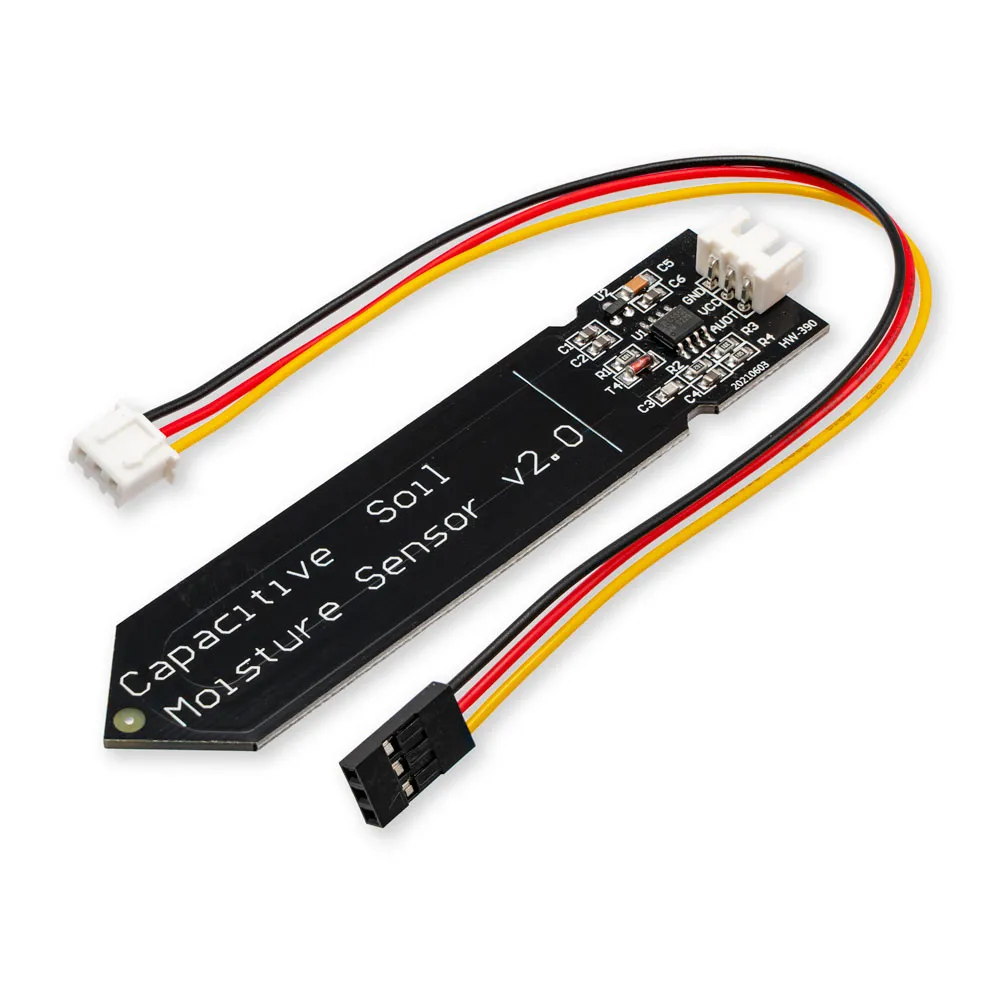


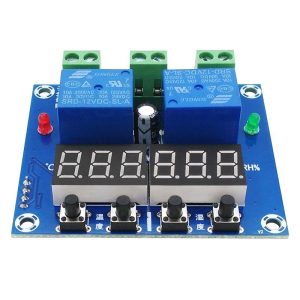
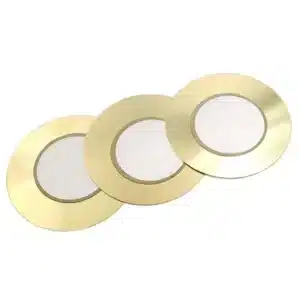
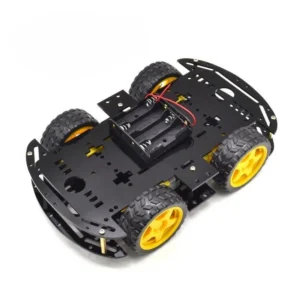
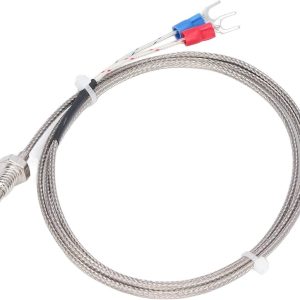
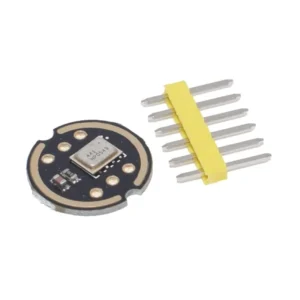
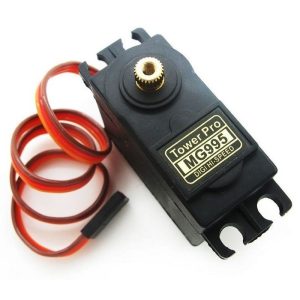
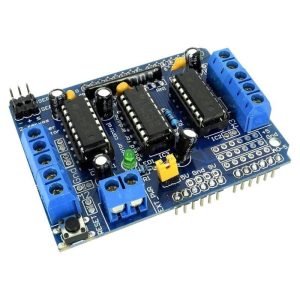
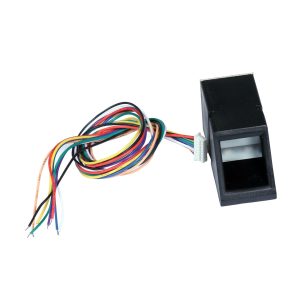
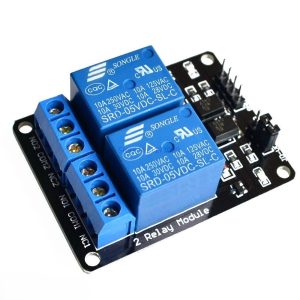

Reviews
There are no reviews yet